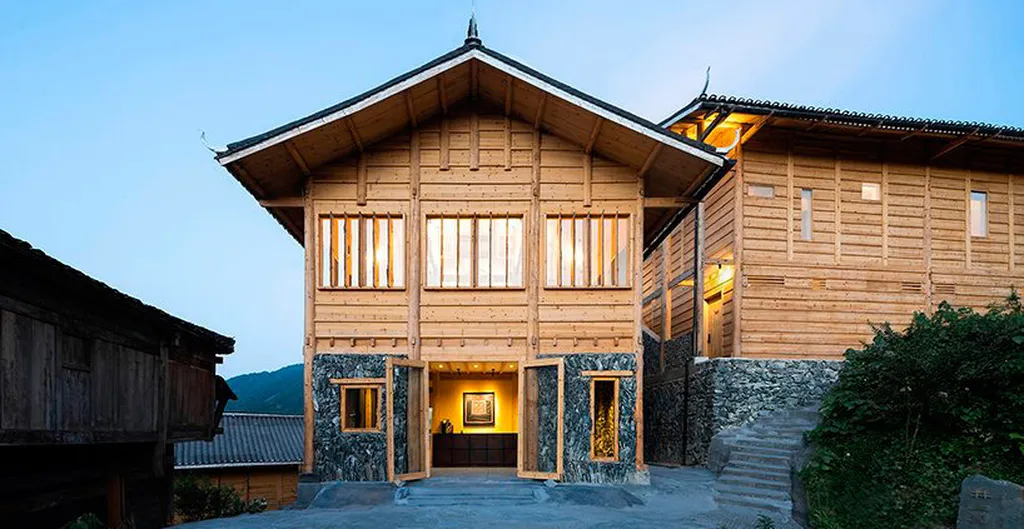In the heart of Xinjiang, where the Silk Road once thrived, a silent symphony of wooden architecture stands as a testament to centuries of cultural exchange and artistic evolution. A recent study, published in the *Journal of Asian Architecture and Building Engineering* (translated from its original Chinese title), has peeled back the layers of time to reveal the dynamic symbolic language embedded in these structures. Led by Wenqi Yan of Donghua University, the research offers a fresh perspective on how cultural heritage can inform contemporary design and preservation efforts, with potential implications for the energy sector.
Yan and his team embarked on a meticulous journey, collecting 152 samples from 27 heritage sites across seven regions. Their goal? To decipher the semiotic evolution of decorative motifs in Xinjiang’s wooden architecture. By employing statistical methods like MANOVA and ordered logistic regression, they uncovered a three-phase model of symbolic transformation. “We found that these motifs are not static; they are dynamic cultural codes that evolve with transregional exchange, religious ideologies, and craft traditions,” Yan explains.
The study reveals that during the Han and Tang dynasties, motifs were deeply rooted in spiritual naturalism, reflecting the region’s connection to nature and the divine. As time progressed into the Song and Yuan dynasties, these motifs became more abstract, influenced by the spread of religions like Buddhism and Islam. Finally, in the Ming and Qing dynasties, the motifs evolved into formalized semantic networks, reflecting a more complex and interconnected cultural landscape.
So, what does this mean for the construction industry and the energy sector? As buildings become more energy-efficient and sustainable, the integration of culturally resonant design elements can enhance their aesthetic and symbolic value. “Understanding the symbolic evolution of architectural motifs can help us create buildings that are not just energy-efficient, but also culturally meaningful,” Yan suggests. This could lead to innovative design approaches that blend traditional motifs with modern energy-efficient technologies, creating structures that are both sustainable and culturally significant.
Moreover, the study’s data-informed framework could guide preservation efforts, ensuring that the rich cultural heritage of Xinjiang is maintained while adapting to modern needs. As the world grapples with climate change and cultural preservation, this research offers a compelling case for the integration of cultural heritage into sustainable development practices.
In the words of Yan, “This research is not just about the past; it’s about the future. It’s about how we can use our understanding of the past to shape a more sustainable and culturally rich future.” As the construction industry continues to evolve, the lessons from Xinjiang’s wooden architecture may well light the way.

